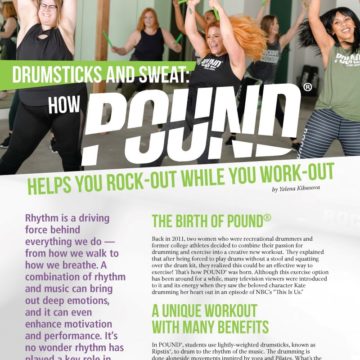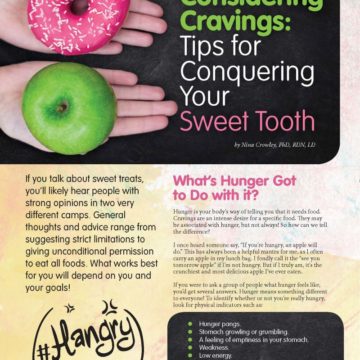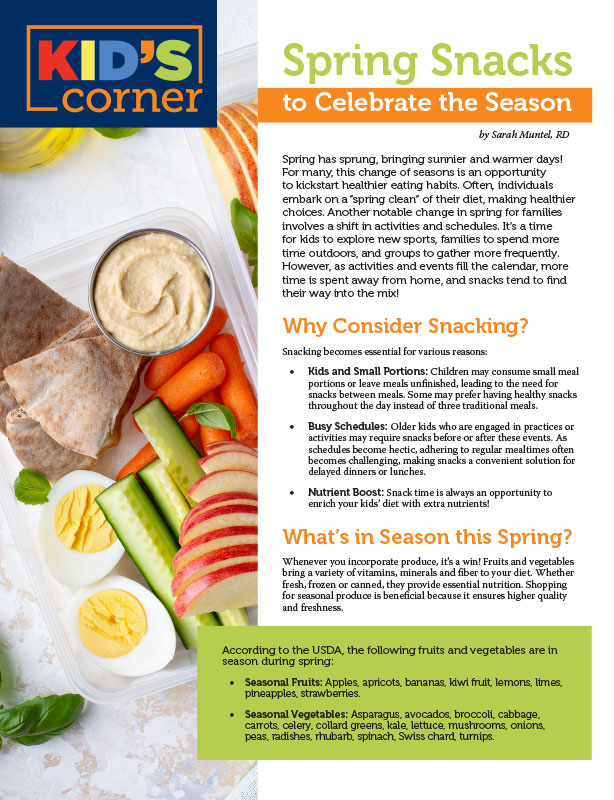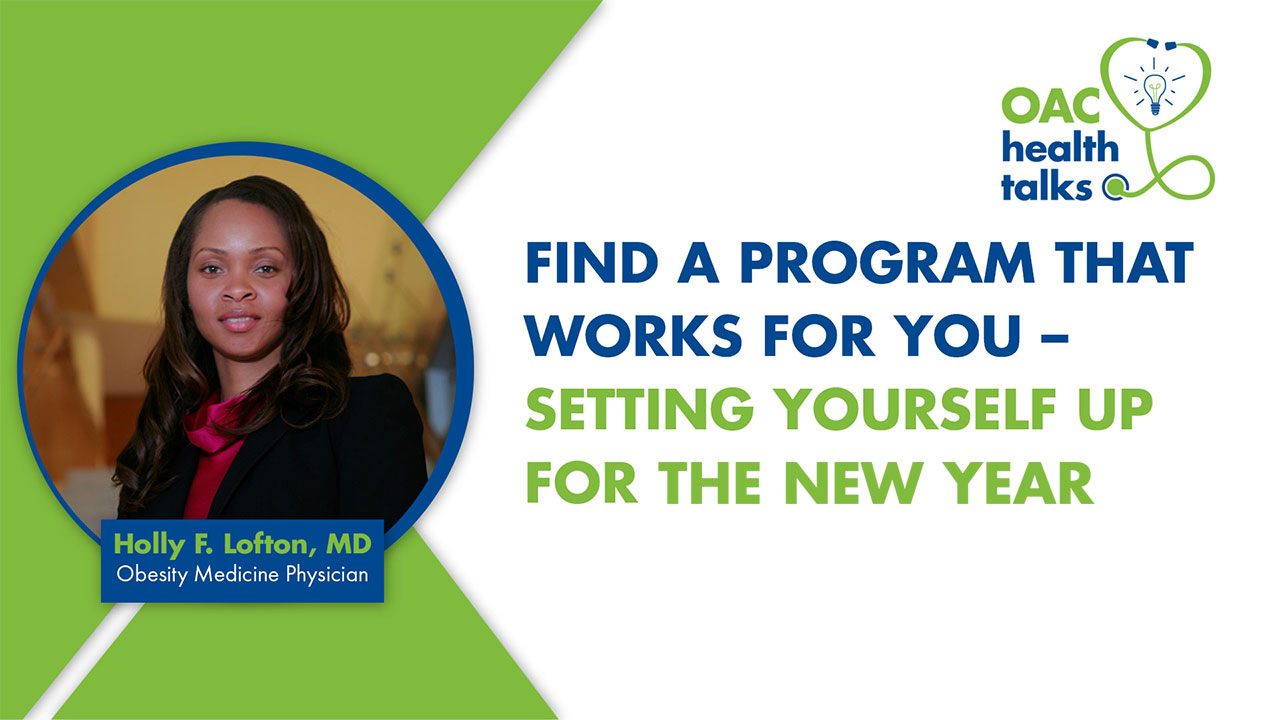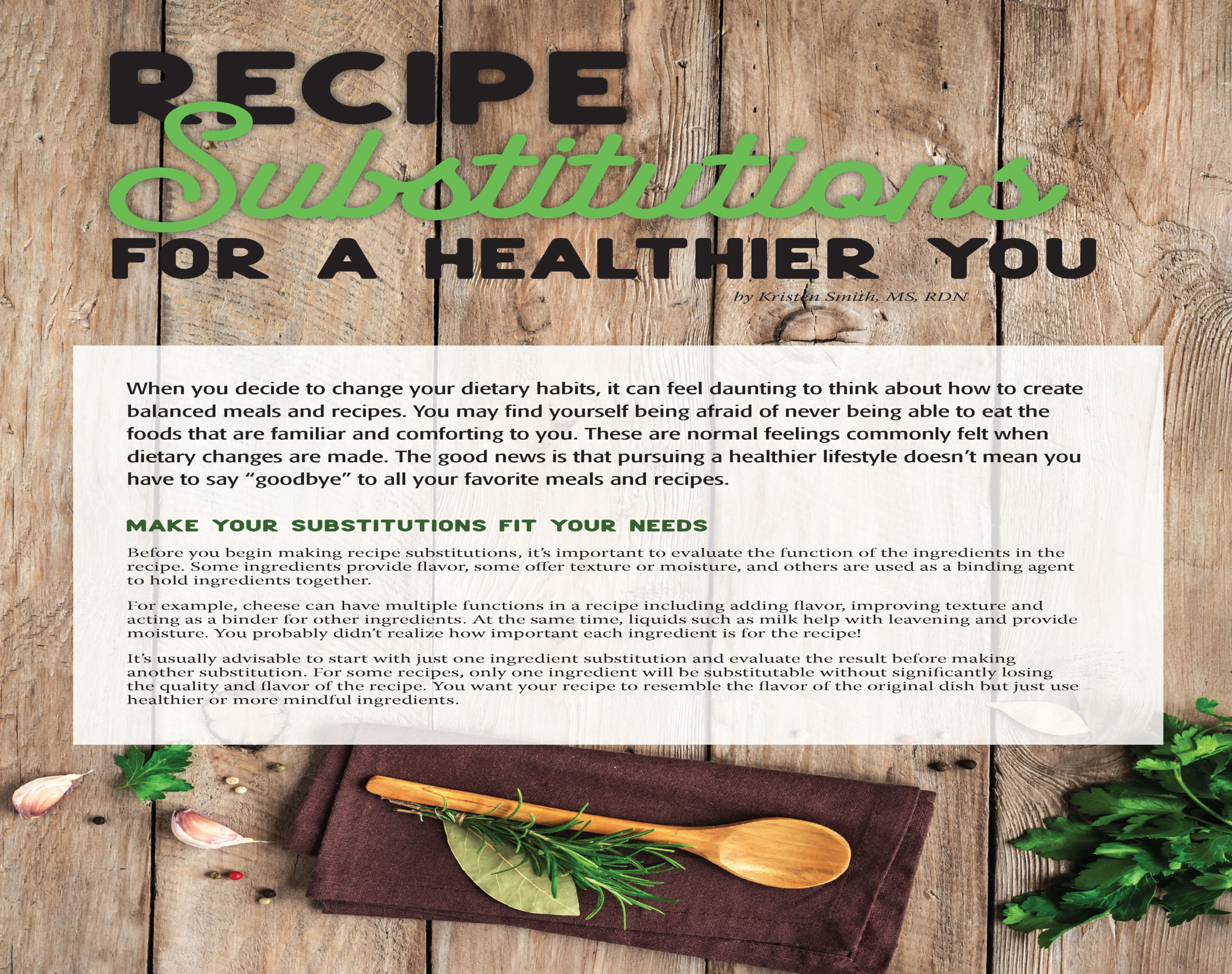How to Manage Your Weight with Pesky Food Allergies

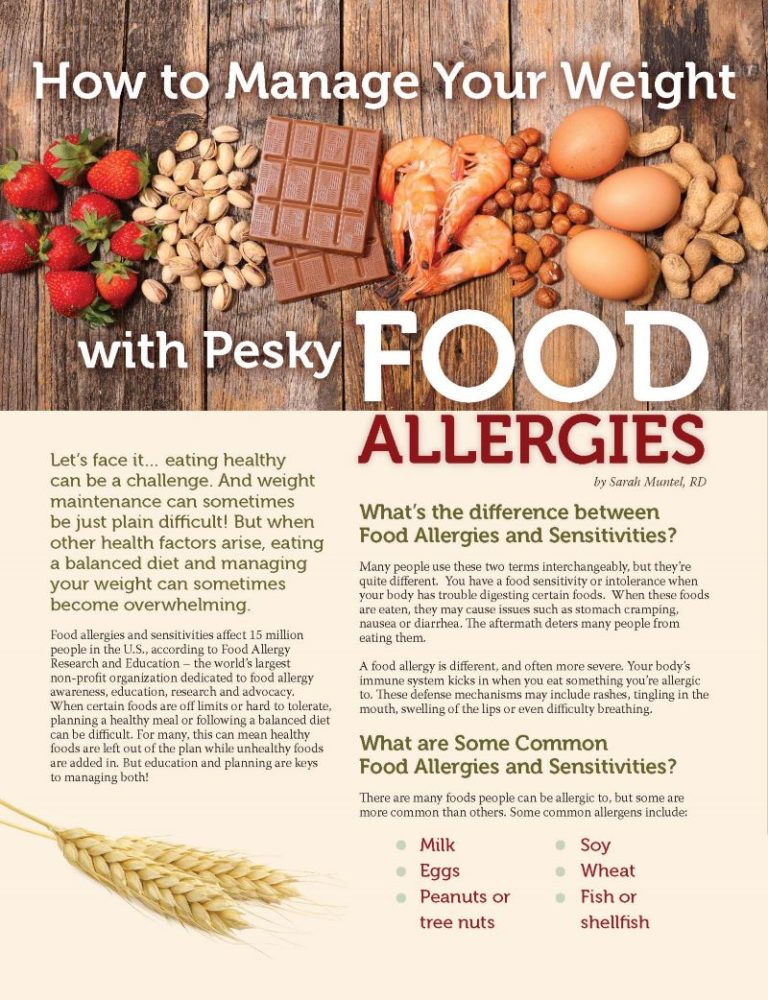
by Sarah Muntel, RD
Winter 2019
Let’s face it… eating healthy can be a challenge. And weight maintenance can sometimes be just plain difficult! But when other health factors arise, eating a balanced diet and managing your weight can sometimes become overwhelming.
Food allergies and sensitivities affect 15 million people in the U.S., according to Food Allergy Research and Education – the world’s largest nonprofit organization dedicated to food allergy awareness, education, research and advocacy.
When certain foods are off limits or hard to tolerate, planning a healthy meal or following a balanced diet can be difficult. For many, this can mean healthy foods are left out of the plan while unhealthy foods are added in. But education and planning are keys to managing both!
What’s the difference between Food Allergies and Sensitivities?
Many people use these two terms interchangeably, but they’re quite different. You have a food sensitivity or intolerance when your body has trouble digesting certain foods. When these foods are eaten, they may cause issues such as stomach cramping, nausea or diarrhea. The aftermath deters many people from eating them.
A food allergy is different, and often more severe. Your body’s immune system kicks in when you eat something you’re allergic to. These defense mechanisms may include rashes, tingling in the mouth, swelling of the lips or even difficulty breathing.
What are Some Common Food Allergies and Sensitivities?
There are many foods people can be allergic to, but some are more common than others. Some common allergens include:
- Milk
- Eggs
- Peanuts or tree nuts
- Soy
- Wheat
- Fish or shellfish
The types of allergic reactions people may have after eating certain foods are also different. One person may eat peanuts and begin itching immediately while another might have difficulty breathing.
On the other hand, some people don’t have a true food allergy; they may have a sensitivity toward certain foods. Lactose intolerance is a common example in which some people lack the enzyme lactase which helps digest lactose found in milk products. Those who are lactose intolerant may find it difficult to eat milk, yogurt or ice cream, though hard cheeses may be tolerable.
Sensitivity to gluten is also common. Again, after eating something that contains gluten (a protein found in wheat), people will often experience stomach upset, nausea, diarrhea or fatigue. Those with gluten sensitivities will usually opt for gluten-free foods.
How Food Allergies Can Affect Weight and Nutrition
A weight management plan can be more difficult to follow if you live with food allergies and intolerances. But with a little thinking and planning, maintaining a healthy diet and weight is totally possible! Find a plan that you can follow long-term and try the below tips for staying nutritionally sound:
Managing Nutrition with Food Allergies or Intolerances
Schedule a Visit with a RD
A Registered Dietitian (RD) can help you develop a balanced, effective meal plan that takes your food allergies and intolerances into account. You can also address items you may be missing. For example, if you have an egg allergy, you might talk to a RD about eating enough protein. If you’re avoiding milk, you may plan to add in calcium-rich foods to meet your nutritional needs.
Work on Your Mindset
Don’t focus on what you can’t have, but on what you can have. Instead of saying, “I can’t have bread because of my wheat allergy,” focus on the positive. Say, “I am choosing to make
a sandwich with corn tortillas.” Luckily, with the food industry growing, there are many alternative options and choices at grocery stores and restaurants.
Read the Food Label
On the back of every packaged food item is a label with an ingredient list. Read through this list to see if it contains anything you’re allergic to. Some items may contain very small amounts of a certain allergen, but even small amounts can still affect you.
Consider a Multivitamin
When you eliminate a certain food group from your plan, your meal plan may come up short! Your body might end up missing key nutrients. Consider a multivitamin to help you bridge the gap so you meet all your nutritional needs. However, make sure to check the ingredients for any potential allergens.
Find Alternatives
Thankfully, there are many alternatives for foods that contain common allergens. It’s important to find the right alternative without adding in filler “junk” foods. See the tips offered in this article for some great alternatives and recipes to try.
Milk Allergy or Lactose Intolerance:
If you’re allergic to milk or you’re lactose intolerant, you probably want to avoid milk. With a true milk allergy, you might avoid all products containing milk such as breads, baked goods or macaroni and cheese. Instead of eliminating, try substituting! Check-out these swaps:
Instead of:
- Milk
- Cheese
- Ice cream
Try this:
- Soy, rice or almond milk
- Vegan cheese
- 100 percent juice pops
Not Sure What to Do without Milk and Cereal? Try this:
Strawberry Oatmeal Breakfast Smoothie
Source: Allrecipes.com
Ingredients:
- 1 cup soy milk
- ½ cup rolled oats
- 1 banana, broken into chunks
- 14 frozen strawberries
- ½ teaspoon vanilla extract
- 1 ½ teaspoon white sugar
Directions:
In a blender, combine soy milk, oats, banana and strawberries. Add vanilla and sugar if desired. Blend until smooth.
Per serving: 236 calories; 3.7 g fat; 44.9 g carbohydrates; 7.6 g protein; 0 mg cholesterol; 65 mg sodium
Wheat Allergy or Gluten Sensitivity:
Wheat allergies or gluten sensitivities can also be challenging and require some thought. Many products contain wheat such as pastas, breads and baked goods. Wheat can also be found in very small amounts inside processed meats, sauces, condiments and some flavored chips. Some products such as oats are naturally gluten-free, but can have some cross-contamination after processing. Read the nutrition label and look for healthy substitutions!
Instead of:
- Breads
- Pastas
- Tortillas
- Wheat cereals
Try this:
- Gluten-free bread
- Spaghetti squash
- Lettuce wraps
- Gluten-free oats
Healthy Oatmeal Muffins
Source: Brendid.com
Ingredients:
- 2 ½ cups gluten-free old-fashioned oats (1 ½ cups ground, 1 cup whole)
- 1 tablespoon old-fashioned oats for muffin tops
- 2-3 large overripe bananas (1 cup mashed or 1 cup applesauce)
- 2 large eggs, slightly beaten
- 1/3 cup honey
- ¾ cup milk
- 2 teaspoons real vanilla
- 2 teaspoons baking powder
- ½ tsp. baking soda
- ½ teaspoon salt
- 1 teaspoon cinnamon
Directions:
- Preheat oven to 325 degrees. Place oats on a baking sheet and toast until lightly browned, stirring once (about four to six minutes). Let cool to room temperature. If you’re in a hurry you can skip this step, but the toasting adds flavor!
- Divide oats into portions of 1 ½ cups, 1 cup and 2 tablespoons.
- Turn oven heat up to 350 degrees.
- Place 1 ½ cups of oats in a food processor and blend/pulse until they reach a rough, flour-like consistency.
- Mash bananas well so they don’t have lumps. I use
my mixer to mash them before adding the other
wet ingredients. - Add eggs, honey, milk and vanilla. Mix to combine.
- Add dry ingredients (including the ground oats and 1 cup whole oats) to wet ingredients and mix until just incorporated. Allow these to sit for 10 minutes to soak the oats. Optional: fold-in approximately ½ cup fruit, raisins or nuts.
- Scoop into muffin tin, lined with muffin wrappers (makes 14 muffins).
- Sprinkle muffin tops with the 2 tablespoons
reserved oats - Press lightly to make sure they stick.
- Bake at 350 degrees for about 20 – 30 minutes. A toothpick inserted into the center of the muffin should come out clean.
Wrapping it All Together
It’s true that food allergies can sometimes be overwhelming, especially if you are working on managing your weight.
Take time to do your research and find some great options that will fit into your plan. You’ll find keys to success with creativity, a positive outlook and some dedication!
About the Author:
Sarah Muntel, RD, is a Registered Dietitian from Indianapolis. She has worked in bariatrics for the past 18 years with both bariatric and metabolic surgery patients as well as medical weight-loss patients. Throughout her career, Sarah has worked in several bariatric centers in Indianapolis. She is currently the Bariatric Coordinator with Community Health Network. Sarah is an active member of the Obesity Action Coalition (OAC) and also serves on the OAC Education Committee. She also plays an active role in the Indiana State Chapter of the American Society for Metabolic and Bariatric Surgery (ASMBS).
by Sarah Muntel, RD Spring 2024 Spring has sprung, bringing sunnier and warmer days! For many, this…
Read ArticleWith the holidays behind us and 2022 now here, many of us are ready to tackle our…
View Videoby Kristen Smith, MS, RDN Winter 2022 When you decide to change your dietary habits, it can…
Read Article




